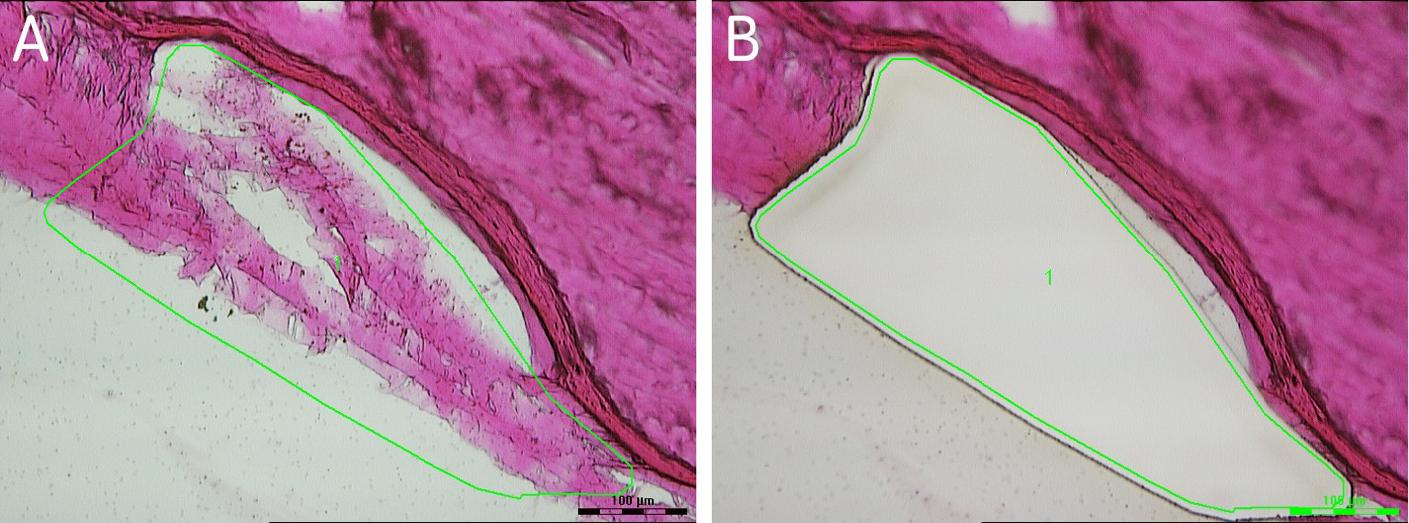Article
Shaffer Prize report goes down one path, but leads to another
Author(s):
Research aiming to elucidate the underlying factors for oxidative damage to the trabecular meshwork in glaucoma has led to studies of alterations in gene expression that may ultimately guide the development of genetic therapy for glaucoma, said Carla J. Siegfried, MD, recipient of the 2018 Shaffer Prize for Innovative Glaucoma Research.

Dr. SiegfriedResearch aiming to elucidate the underlying factors for oxidative damage to the trabecular meshwork in glaucoma has led to studies of alterations in gene expression that may ultimately guide the development of genetic therapy for glaucoma, said Carla J. Siegfried, MD, recipient of the 2018 Shaffer Prize for Innovative Glaucoma Research.
Providing a history of her research, Dr. Siegfried said initial studies conducted in humans and non-human primates showed increased oxygen levels in the posterior segment, around the lens, and in the anterior chamber angle in eyes that had undergone vitrectomy and lens extraction compared with unoperated eyes.
The findings supported the hypothesis that excess oxygen may be the source of reactive oxygen species causing oxidative damage to the trabecular meshwork. Dr. Siegfried received the Shaffer grant to further explore this idea by trying to establish an oxidative stress model in rabbits. It turned out that rabbits were not a tenable model because of surgical complications, she noted.

Rabbit trabecular meshwork (TM) laser microdissection technique. A. Eosin-stained anterior chamber angle section with TM region precisely delineated (green). B. Excision of TM tissue by laser microdissection. Bar: 100 microns. (Images courtesy of Carla J. Siegfried, MD)
Project still productive
Nevertheless, the project was productive because it led to the refinement of a novel laser-based technique for trabecular meshwork microdissection. With this new method of precise excision, it was possible to obtain specimens suitable for other studies, including genetic analysis that has propagated a new branch of research.
“We are now studying alterations of gene expression within trabecular meshwork tissue in glaucomatous eyes, and specifically exploring the impact of oxidative damage in African Americans,” said Dr. Siegfried, Jacquelyn E. and Allan E. Kolker, MD, Distinguished Professor of Ophthalmology, Department of Ophthalmology and Visual Sciences, Washington University School of Medicine, St. Louis.
“We know that compared with Caucasians, African Americans are at higher risk for developing glaucoma and glaucoma-related blindness,” she added. “With the identification of a genetic basis underlying these differences–together with advances in gene therapy that can target the trabecular meshwork cells–there is tremendous potential for new therapeutic interventions.”
This innovative laser microdissection technique, developed by Dr. Siegfried and her core collaborators, has been applied to obtain trabecular meshwork cells and genetic material from human eyes, including glaucoma patients undergoing trabeculectomy and cadaver eyes from donors with and without glaucoma.
These samples have undergone genetic analysis using RNA sequencing confirmed with quantitative polymerase chain reaction analysis in collaboration with Washington University’s Genome Technology Access Center.
Decreased expression
Although only a limited number of samples have been analyzed, the RNA sequencing identified decreased expression of a certain protein in trabecular meshwork specimens from African Americans compared with Caucasians.
“This is a newly identified protein that has never been studied in the trabecular meshwork,” Dr. Siegfried explained. “We have developed hypotheses about its function and how it may relate to pressure regulation and transmission of fluid across the trabecular meshwork. Now we are conducting further investigations to obtain evidence to support those ideas.
“Although genome-wide association studies have identified target genes that might explain racial disparities in glaucoma, genetic variation may be quite different in the target tissue compared to whole genome analyses,” she added. “Therefore, translational research with clinical correlation is critical.”
In their ongoing work, Dr. Siegfried and colleagues are also expanding the genetic analysis of trabecular meshwork specimens from African American and Caucasian eyes in order to confirm that the difference in protein expression observed in the pilot study is real.
Newsletter
Don’t miss out—get Ophthalmology Times updates on the latest clinical advancements and expert interviews, straight to your inbox.




